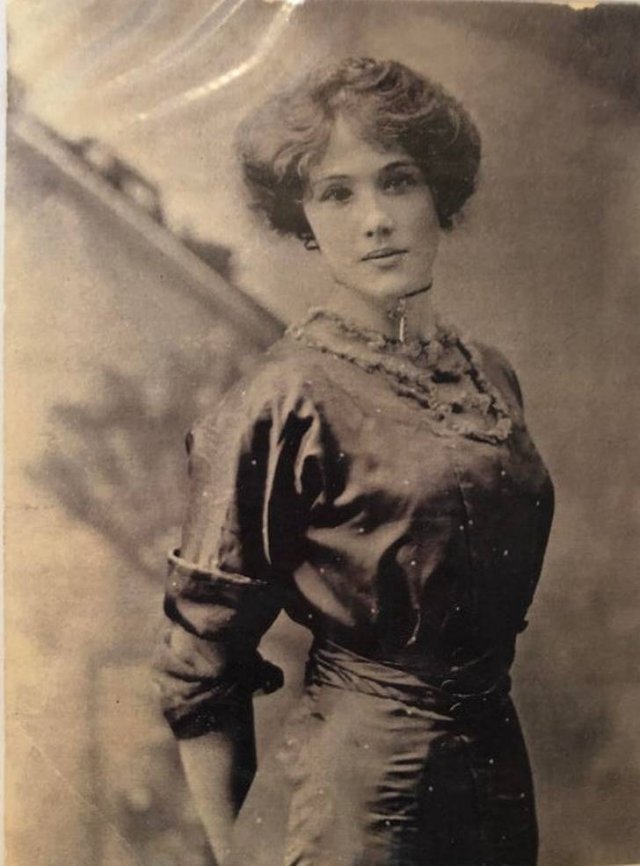

Still, both volumes are essential for the budding Burns fan, and they complement each other well.

Despite much new research and very illuminating interviews with many of the personalities involved much of the actual guitar descriptions are little changed from Day’s work… in some cases reappearing virtually verbatim. The book also details Burns instruments until recent times, including a wealth of visual material on all eras.

Gjorde’s book is more a visual feast, with lush color photographs of many Burns models… though quite a few are unfortunately only shown at smaller squint-worthy size. The trim paperback, written with love, also sports a spiffy green sunburst cover! The second is Pearls and Crazy Diamonds, published in 2001 in Sweden by Burns collector Per Gjorde. in 1990, remains one of the earliest and most comprehensive surveys of any guitar maker. in ’79 and reprinted by The Bold Strummer in the U.S. Paul Day’s The Burns Book, first published in the U.K. There are two print references on Burns history. He did have an ever-growing dedicated staff of specialists, and many little-known employees were major contributors to the company, but unfortunately business acumen was never his (or the organization’s) strong suit. Nearest competitor JMI/Vox was supported by the stream of revenue from a highly successful amplifier line, but the Ormston-Burns company was dependent on the success of each new generation of guitars to survive… and in this period the generations came at blinding speed! Despite this, the one thing Jim Burns never had was an English equivalent to Fender Sales maestro Don Randall, the man who could consistently sell his ideas. If you watch the evolution of Burns’ designs, you can follow the trains of thought that must have occupied his restless mind. were always unique, and the sheer volume of original ideas they encompass is most impressive. Everything for these instruments except the tuners (Dutch-made Van Ghents) was designed and produced either in-house or by dedicated contractors pickups, electronics, hardware, vibratos, etc. Even those obviously derivative of existing guitars always had an original look and distinctive design twist. From 1960 to ’65, James Ormston Burns’ relatively small company produced an astounding array of distinctive, original designs. Still, it is the original ’60s Burns creations we’ll be looking at here. Fenton-Weill’s second-generation Martian cricket bat. Burns U.K., run by longtime enthusiast Barry Gibson (we’ll ignore the irony there!) created a variety of instruments ranging from carefully crafted reproductions of ’60s classics to a selection of Asian-made guitars that draw inspiration from the original line. Ironically, this is the one “Burns” company that has had long-lasting success – the one Burns himself (who died in 1998) had the least involvement with. than ever before – even during his mid-’60s heyday. Still, buoyed by renewed collector interest and the efforts of a U.K.-based company carrying on his heritage, the Burns name is perhaps more familiar today in the U.S. One who did became an enigmatic electric guitar legend – James Ormston Burns – often described as “The English Leo Fender.” While both men’s lives and the product lines they created do lend some creedence to this comparison, Burns instruments remain an obscurantist’s delight instead of a world standard. or Germany, Great Britain had no fretted-instrument industry to speak of, and apparently few ready to take up the challenge. from the 19th century and a few makers like Grimshaw and Clifford Essex/Paragon had produced professional-grade instruments – including guitars – in limited numbers. There was a small but solid tradition of lutherie in the British Isles high-quality banjos had been built in the U.K. Seeing a void, a few venturesome spirits pursued the goal of creating original English-made guitars. Before American guitars became obtainable, most guitars supplied to the ’60s “Beat” era players in the U.K. were brought in from Europe or Japan. Watch for the complete history in the upcoming weeks.Ī Rose-Morris catalog from 1961, showing what appears to be a prototype Artist Bass (click to enlarge). We’ve compiled the first three installments for a special edition of VG Overdrive. In early 2009, VG columnist Peter Stuart Kohman turned his focus on Burns, the pioneering British guitar builder.


 0 kommentar(er)
0 kommentar(er)
